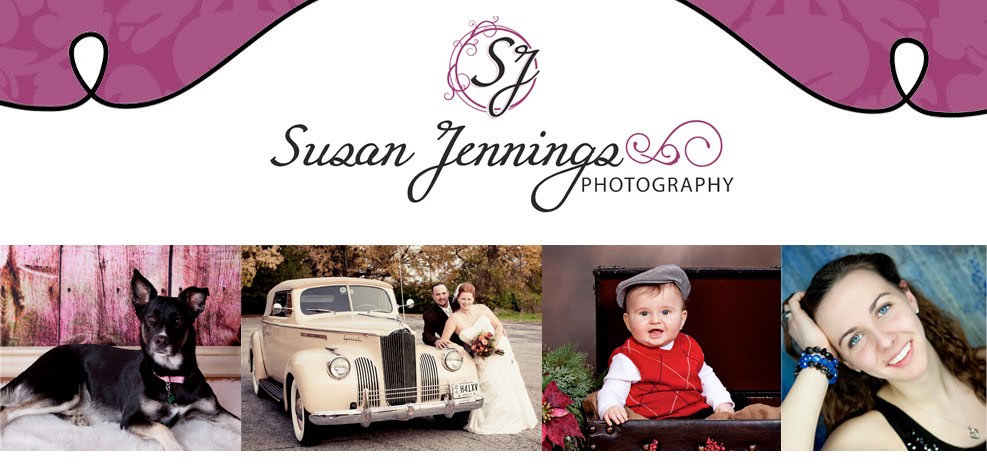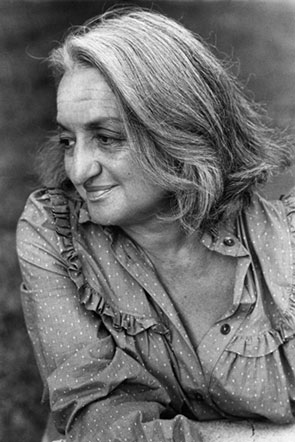

Ultimately, having an experience becomes identical with taking a photograph of it, and participating in a public event comes more and more to be equivalent to looking at it in photographed form. It would not be wrong to speak of people having a compulsion to photograph: to turn experience itself into a way of seeing. The aggression Sontag sees in this purposeful manipulation of reality through the idealized photographic image applies even more poignantly to the aggressive self-framing we practice as we portray ourselves pictorially on Facebook, Instagram, and the like: What makes this insight particularly prescient is that Sontag arrived at it more than three decades before the age of the social media photostream-the ultimate attempt to control, frame, and package our lives-our idealized lives-for presentation to others, and even to ourselves. It means putting oneself into a certain relation to the world that feels like knowledge-and, therefore, like power. To photograph is to appropriate the thing photographed. Photographs really are experience captured, and the camera is the ideal arm of consciousness in its acquisitive mood. More than anything, however, Sontag argues that the photographic image is a control mechanism we exert upon the world-upon our experience of it and upon others’ perception of our experience: Finally, the most grandiose result of the photographic enterprise is to give us the sense that we can hold the whole world in our heads-as an anthology of images. They are a grammar and, even more importantly, an ethics of seeing.

In teaching us a new visual code, photographs alter and enlarge our notions of what is worth looking at and what we have a right to observe. This very insatiability of the photographing eye changes the terms of confinement in the cave, our world. The inventory started in 1839 and since then just about everything has been photographed, or so it seems. For one thing, there are a great many more images around, claiming our attention. But being educated by photographs is not like being educated by older, more artisanal images. Humankind lingers unregenerately in Plato’s cave, still reveling, its age-old habit, in mere images of the truth.

In the opening essay, “In Plato’s Cave,” Sontag contextualizes the question of how and why photographs came to grip us so powerfully:


 0 kommentar(er)
0 kommentar(er)
